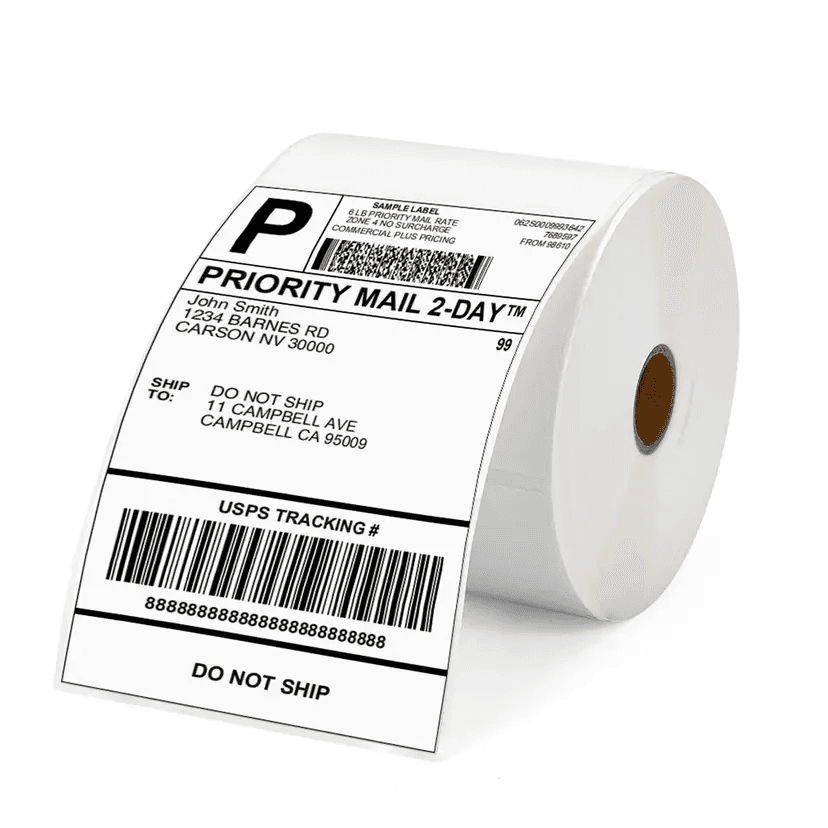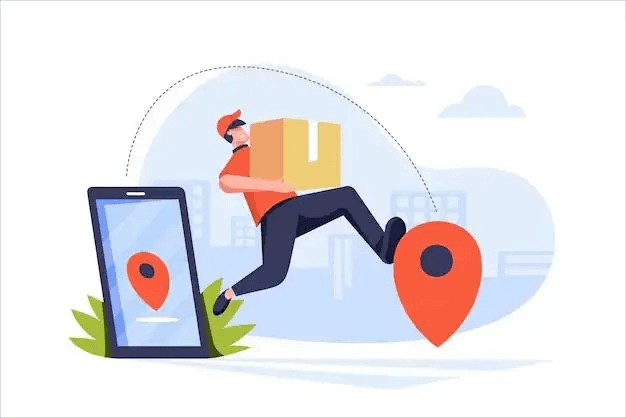In the world of parcel shipping, labels are more than just stickers; they are essential components that facilitate the movement of packages from sender to recipient. Whether you are a business owner shipping products or an individual sending gifts, understanding what labels are and who provides them can enhance your shipping experience.
Understanding Labels
A shipping label is a tag that contains important information about a package. This information typically includes:
- Sender's Information: Name, address, and contact details of the person or company sending the package.
- Recipient's Information: Name, address, and contact details of the person or business receiving the package.
- Tracking Number: A unique code that allows both the sender and recipient to track the package's journey through the shipping process.
- Shipping Method: The chosen delivery service, which may affect the speed and cost of shipping.
- Barcodes: Scannable codes that streamline the handling and tracking of packages in shipping and delivery systems.
Labels serve several critical purposes in the shipping process. They ensure accurate delivery, provide tracking capabilities, and facilitate the smooth transfer of packages through various carriers and logistics networks.
Who Provides Shipping Labels?
Shipping labels can be obtained from several sources, depending on the method you choose for sending your parcel. Here are some common providers:
- Shipping Carriers: Major shipping companies like FedEx, UPS, DHL, and the United States Postal Service (USPS) offer shipping labels through their websites and service locations. When you book a shipment directly with these carriers, you can generate and print your shipping label instantly.
- Online Shipping Platforms: Services like Cargosender allow users to book parcel shipments online and receive instant quotes. Once you’ve selected your shipping options, you can generate a label specific to your shipment needs. This process simplifies shipping by integrating various carriers into one platform, providing convenience and efficiency.
- E-commerce Platforms: If you run an online store, platforms like Shopify, eBay, and Amazon often provide integrated shipping solutions. When you process an order, these platforms can automatically generate shipping labels that are compliant with carrier requirements.
- Third-Party Logistics (3PL) Providers: Companies that offer logistics and shipping services can also provide shipping labels as part of their service. If you are using a 3PL for fulfillment, they typically handle the generation of shipping labels for orders processed through their system.
- Shipping Software: There are specialized software solutions available that can assist businesses with their shipping needs. These applications often include label generation features, allowing you to create and print shipping labels in bulk, which is especially beneficial for e-commerce businesses with high shipping volumes.
Conclusion
Shipping labels are a crucial element of the parcel shipping process, ensuring that packages are accurately delivered and efficiently tracked. Whether you are shipping a single item or managing a large inventory, understanding the sources of shipping labels—such as shipping carriers, online platforms like Cargosender, e-commerce sites, third-party logistics providers, and shipping software—can help streamline your shipping operations.
At Cargosender, we aim to simplify your parcel booking experience by providing instant quotes and easy label generation. Whether you’re sending a package across town or around the world, we’ve got you covered!




